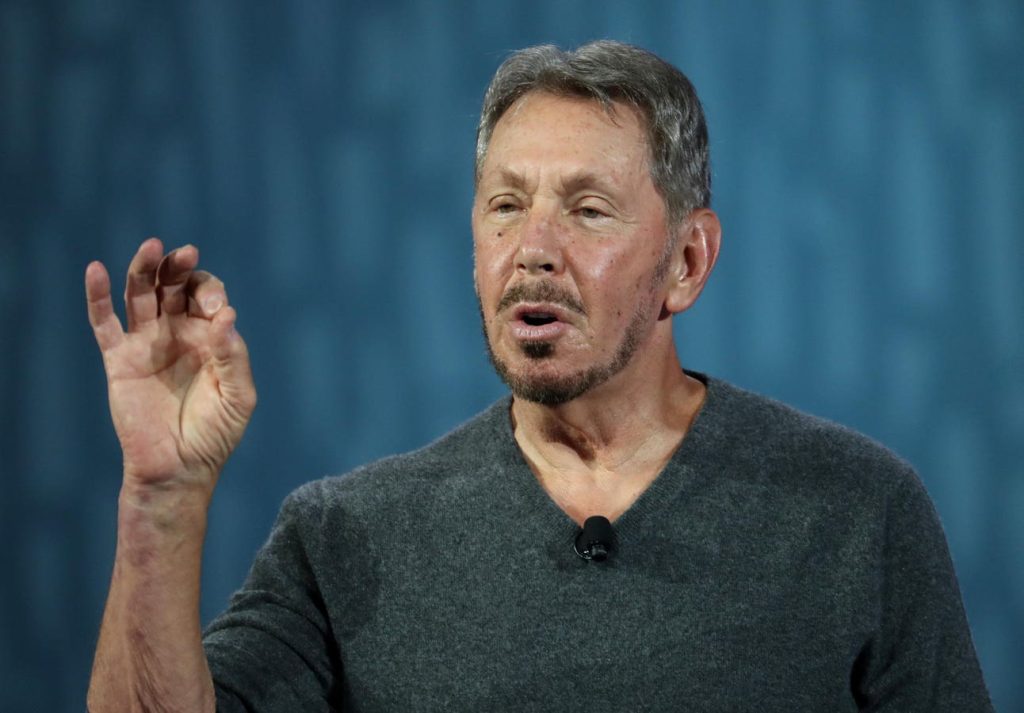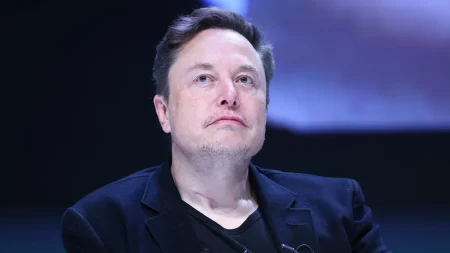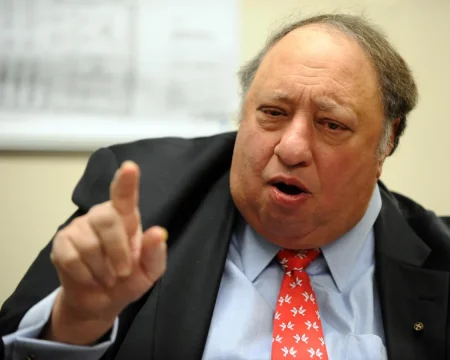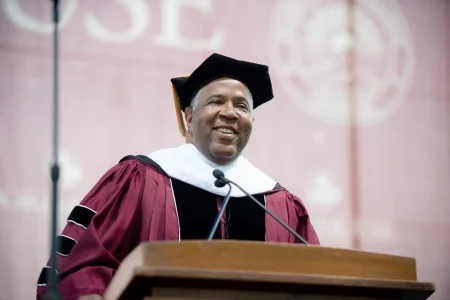Larry Ellison’s Record-Breaking Wealth Surge and Oracle’s AI Ambitions
In an unprecedented financial milestone, Oracle’s cofounder and chief technology officer Larry Ellison experienced a staggering increase in his personal wealth, gaining nearly $100 billion in a single day—the largest one-day wealth increase ever recorded for an individual. This remarkable surge stemmed from Ellison’s substantial 41% ownership stake in Oracle, propelling his net worth from $293 billion to approximately $400.9 billion. This achievement makes Ellison only the second person in history to cross the $400 billion threshold, joining Elon Musk, who reached this landmark in December and currently holds a fortune estimated at $437.4 billion. What makes this wealth explosion particularly fascinating is that it occurred despite Oracle missing analysts’ expectations for its first quarter revenue and earnings, highlighting the sometimes counterintuitive nature of investor sentiment and market reactions.
The catalyst behind Oracle’s dramatic 38% stock price increase wasn’t its current performance but rather its ambitious projections for cloud infrastructure growth—specifically for AI applications. During the company’s earnings call, Oracle forecasted that its cloud infrastructure revenue would experience explosive growth, jumping from $18 billion this year to a projected $144 billion over the next four years. This segment positions Oracle in direct competition with tech giants like Microsoft, Amazon, and Google, as well as newer players like CoreWeave. A particularly notable initiative in this space is the Trump-endorsed Stargate project, a $500 million AI infrastructure collaboration involving Oracle, OpenAI, and SoftBank, centered around a massive data center in Abilene, Texas. Ellison, at 81 years old, boldly declared during the earnings call, “We will build and operate more cloud infrastructure data than all of our cloud infrastructure competitors combined. Oracle runs everywhere.” However, industry analysts note an interesting dynamic: much of Oracle’s recent revenue growth comes from its competitors who use Oracle’s services for AI, raising questions about the long-term stability of this customer base.
Ellison’s ability to capture such an enormous portion of Oracle’s gains stems from a strategic transformation in his ownership stake over the years. Fifteen years ago, Ellison held a 22% stake in the company he cofounded and led as CEO from 1977 to 2014. Since 2011, Oracle has implemented an aggressive stock buyback program, spending $142 billion to repurchase shares—sometimes utilizing controversial loans to finance these buybacks. This strategy effectively reduced Oracle’s outstanding share count by approximately half and nearly doubled Ellison’s ownership stake to 41%, primarily because he consistently held onto his shares while the company reduced its total share count.
Despite his enormous paper wealth, Ellison has developed sophisticated methods to fund his lifestyle and investments without significantly reducing his Oracle holdings. He receives substantial quarterly dividends—currently about $500 million per quarter—which began after Oracle initiated its first dividend payment in 2009. Additionally, Ellison has leveraged his Oracle shares as collateral for loans, allowing him to access liquidity without selling his stock. This practice of share pledging is uniquely permitted for Ellison among Oracle executives, and he has pledged approximately 277 million shares (worth roughly $93 billion) to secure various loans. This financial strategy enables Ellison to maintain his controlling stake in Oracle while still having access to significant capital for his numerous investments and personal expenditures, including his famous real estate portfolio and ownership of the Hawaiian island of Lanai.
Oracle’s aggressive share buyback program has notably decelerated in recent years, potentially due to the company’s shifting financial priorities and constraints. The company recently forecasted three years of negative free cash flow—primarily attributed to massive investments in AI data center infrastructure—and reported $92 billion in outstanding debt as of May. These financial challenges appear to be affecting the company’s workforce as well, with reports of approximately 3,000 employee layoffs this month. Despite these constraints, Oracle CEO Safra Catz reaffirmed the company’s commitment to “stock repurchases, prudent use of debt and a dividend” during the recent earnings call, though at a more modest pace than previous years. The company conducted a $150 million stock buyback and distributed $4.7 billion in dividends over the past year, with Ellison personally receiving about $2 billion of those dividend payments.
The extraordinary growth in Ellison’s wealth exemplifies the immense rewards that can come from long-term company ownership and strategic financial management, particularly when positioned at the intersection of technological transformation. Oracle’s bold pivot toward AI infrastructure represents a significant bet on the future of computing, with Ellison poised to reap enormous benefits if these ambitious projections materialize. However, the company faces substantial challenges, including significant debt, intense competition, and the inherent risks of such massive infrastructure investments. As Oracle navigates this critical transition period, the technology world will be watching closely to see if Ellison’s vision for Oracle’s dominance in the AI infrastructure space proves prescient or overly optimistic. Regardless of the outcome, Ellison’s journey from database software pioneer to one of history’s wealthiest individuals stands as a remarkable testament to the wealth-creating potential of technological innovation and strategic business positioning.















